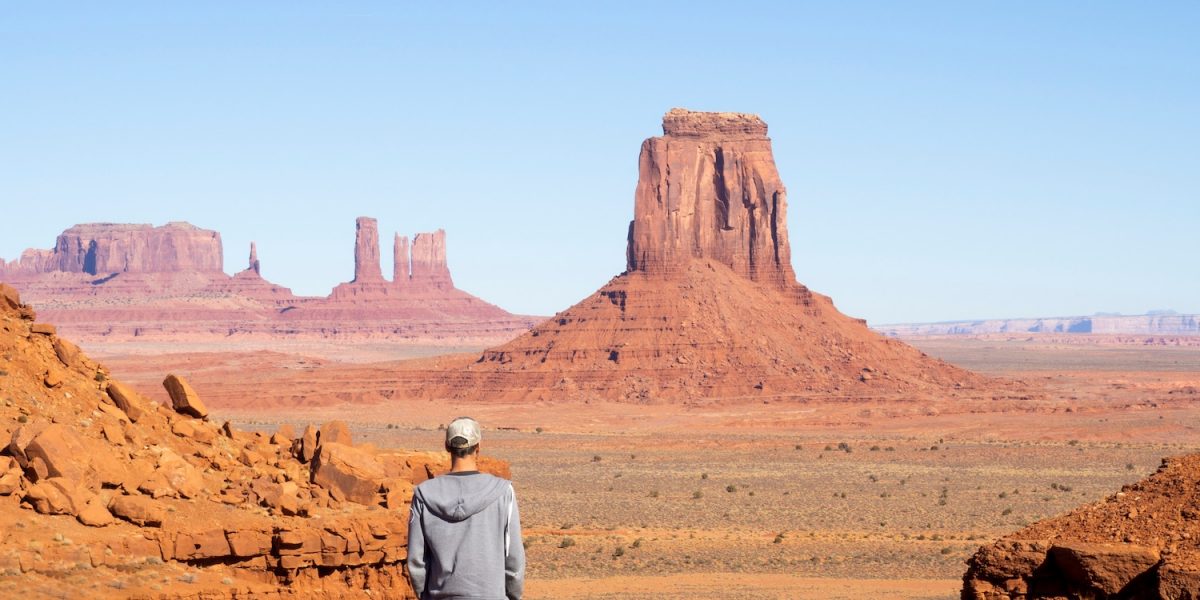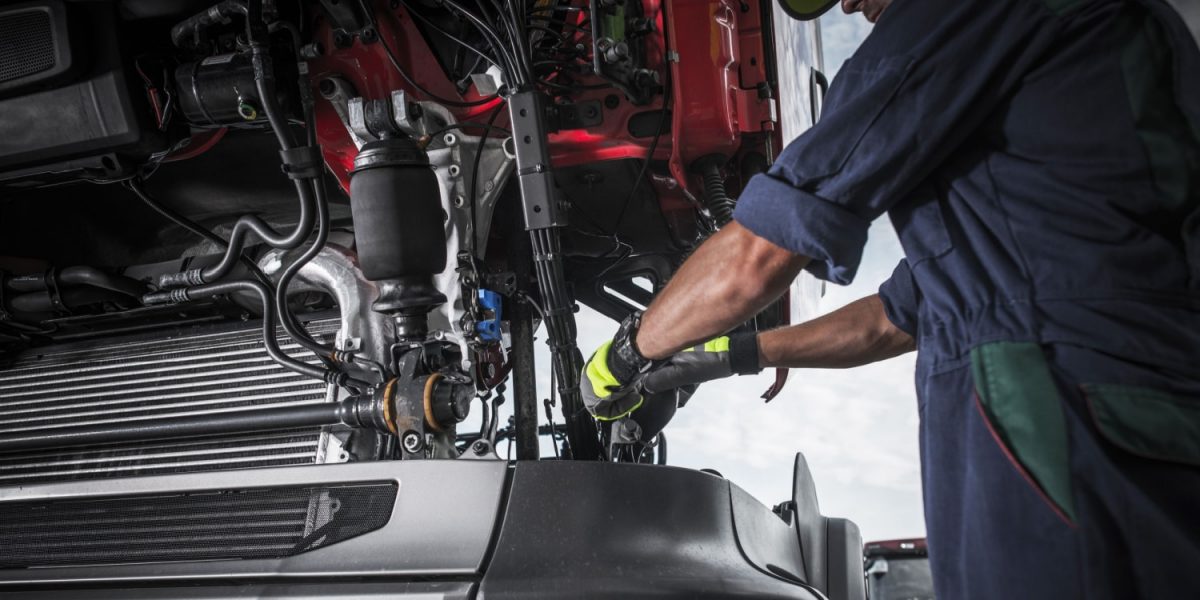Driving a semi-truck requires specialized skills and knowledge, particularly when it comes to navigating bridges. Whether you’re a seasoned trucker or just starting your training at a truck driving school, understanding the ins and outs of bridge navigation is vital. In this guide, we’ll explore the key aspects of bridge travel with a semi-truck, ensuring you have all the information needed for a smooth and safe journey.
Understanding Bridge Weight Limits
Know the Weight of Your Truck
Before attempting to cross a bridge, ensure you know the gross weight of your truck, including cargo. There are scales you can use to find this, and many apps allow you to find nearby scales. Knowing your truck’s weight is also important in general for staying compliant and avoiding fines.
Check Bridge Weight Limits
Look for signs indicating the maximum weight limit allowed on the bridge. If your truck exceeds this limit, find an alternate route.
Weigh Stations and Inspections
Some locations may have weigh stations before bridges to enforce weight limits. Always comply with instructions and inspections at these checkpoints.
Height and Width Restrictions
Know Your Truck’s Dimensions
Be aware of the height and width of your semi-truck. Some bridges may have height and width restrictions.
Look for Warning Signs
Warning signs will typically inform you about any restrictions. Pay close attention to these signs to avoid collisions or getting stuck.
Navigating Narrow Lanes and Turns
Use Appropriate Lanes
Many bridges have lanes designated for larger vehicles. Stay in the correct lane to ensure safety and comply with local laws.
Take Turns Slowly
If a bridge involves tight turns, slow down and navigate with caution. Your truck’s longer length requires a wider turn radius.
Weather Considerations
Watch for Wind
High winds can significantly impact your control, especially on bridges. Reduce your speed and maintain a firm grip on the steering wheel during windy conditions.
Beware of Ice
Bridges often freeze before roads. Be extra cautious in icy or snowy weather and make use of proper tire chains if necessary.
Additional Safety Precautions
Follow Posted Speed Limits
Bridges may have lower speed limits than other parts of the road. Adhere to these limits to maintain control of your vehicle.
Use Proper Lighting
Use headlights and other appropriate lighting when crossing a bridge, especially during low visibility conditions.
Emergency Procedures
Know the procedures for reporting an emergency on a bridge, such as breakdowns or accidents. Some bridges may have emergency call boxes or specific protocols to follow.
Technology and Tools
Utilize GPS Systems
Modern GPS systems designed for truckers often include information about bridge restrictions. Ensure your GPS is up to date with the latest data.
Mobile Apps
Many trucking apps provide real-time information on bridge restrictions and traffic conditions. Make use of these tools to plan your route efficiently.
Navigate Bridges With Confidence
Navigating bridges with a semi-truck doesn’t have to be intimidating. With proper knowledge, adherence to regulations, and the utilization of modern technology, crossing bridges can be a seamless part of your journey. Always prioritize safety and take your time to understand the specific challenges and requirements of each bridge.
Are you interested in becoming a professional truck driver and mastering skills like bridge navigation? HDS Truck Driving Institute (HDS truck driving school) offers comprehensive training programs tailored to your needs.




















